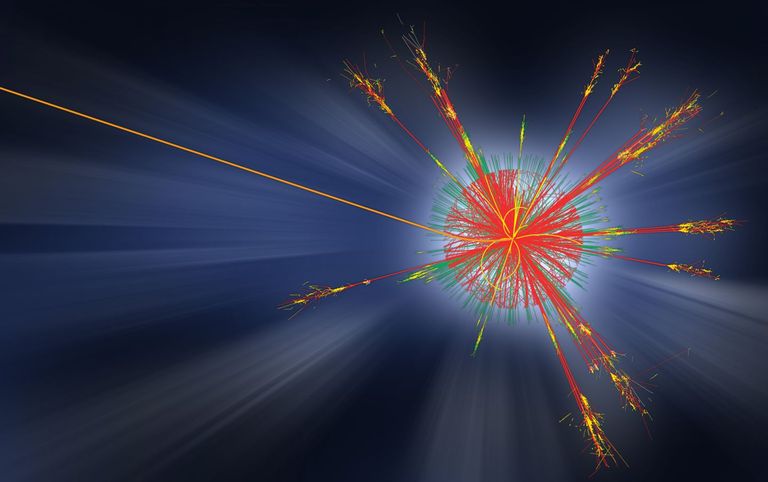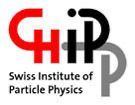Eventi, Notizie, Pubblicazioni
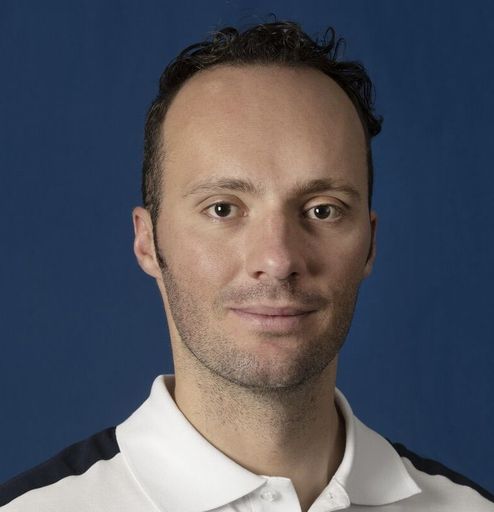
Le Bernois Marco Sieber devient officiellement astronaute à l’ESA
La Suisse a de nouveau un astronaute à part entière. Marco Siebers a été admis dans le corps des astronautes de l'Agence spatiale européenne (ESA) à l'issue de sa formation initiale d'astronaute.
Immagine: ESA - P. Sebirot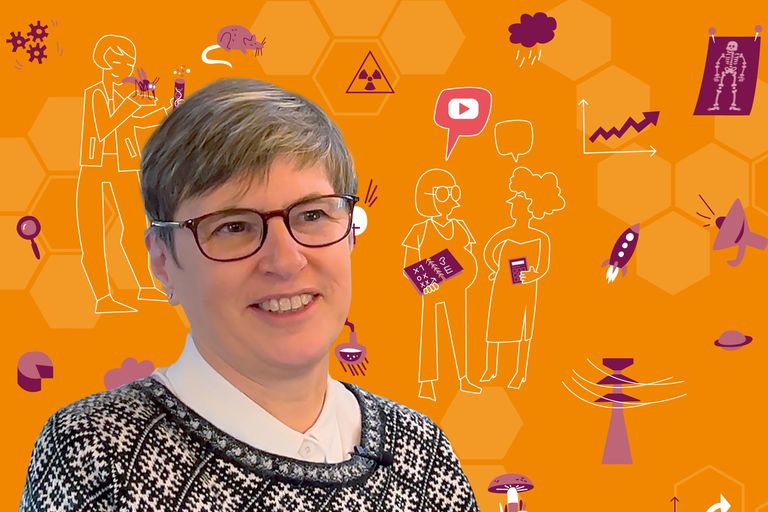
A physicist is shaping the world of patents
To work as a patent attorney, you need a technical degree. The profession mainly requires scientific expertise, as the example of Martina Nieswand shows: she studied theoretical physics before joining a large patent law firm in Eastern Switzerland.
Immagine: Benedikt Vogel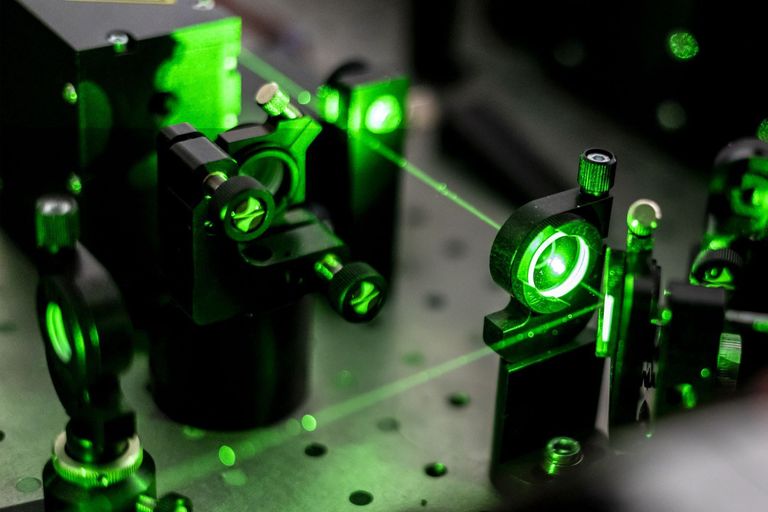
Young Physicists Forum 2024
The 2024 edition of the Young physicists Forum will focus on "Ultra Fast Laser Physics"
Immagine: YPF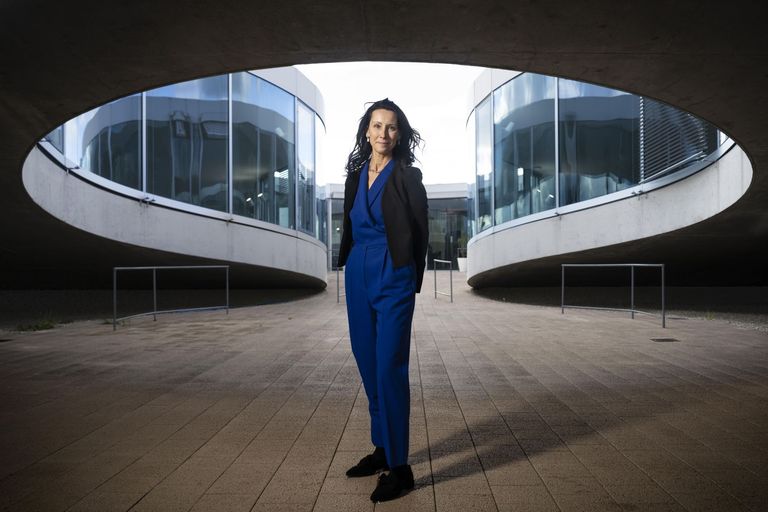
Anna Fontcuberta is appointed new President of EPFL
On March 27 the Swiss Federal Council appointed Anna Fontcuberta i Morral as new President of EPFL. Fontcuberta is also a member of the Swiss Quantum Commission, which is part of SCNAT's Platform MAP.
Immagine: 2024 EPFL / Nicolas Righetti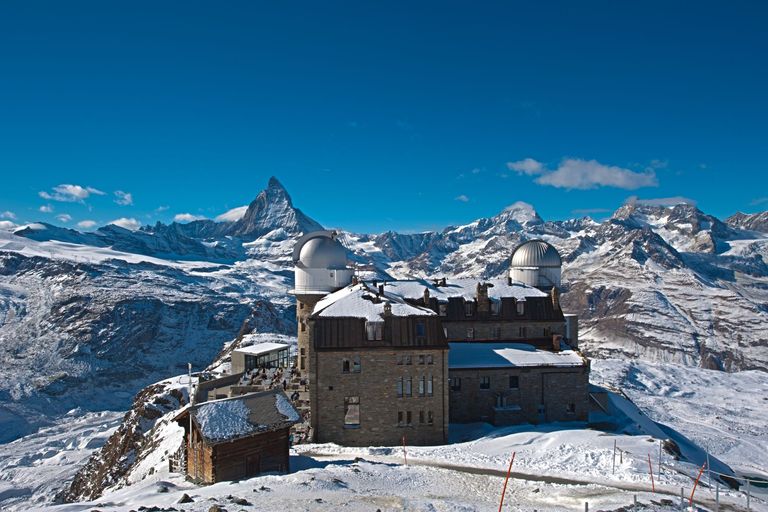
Forschung auf dem Gornergrat
Markus Leuenberger, Hochalpine Forschungsstation, Uni Bern
Immagine: Christoph Koch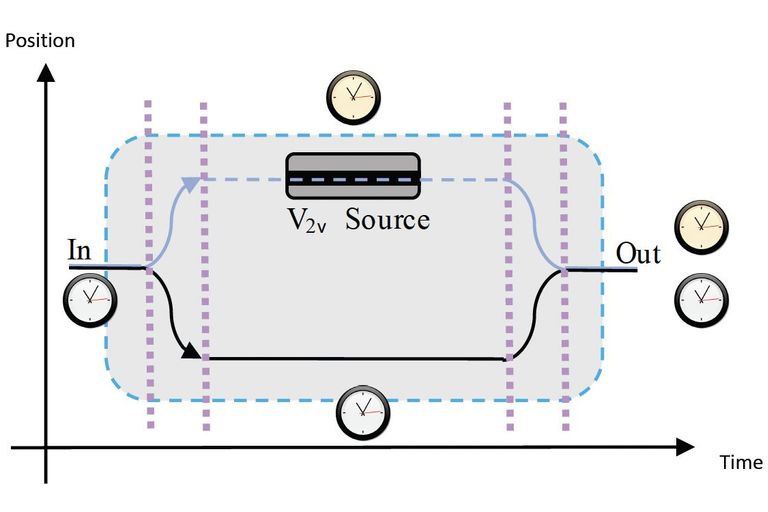
Neutrino o’clock
Proposed experiment to measure the neutrino mass with the help of atomic clock technology
Immagine: Federico Sanchez, U. Geneva

